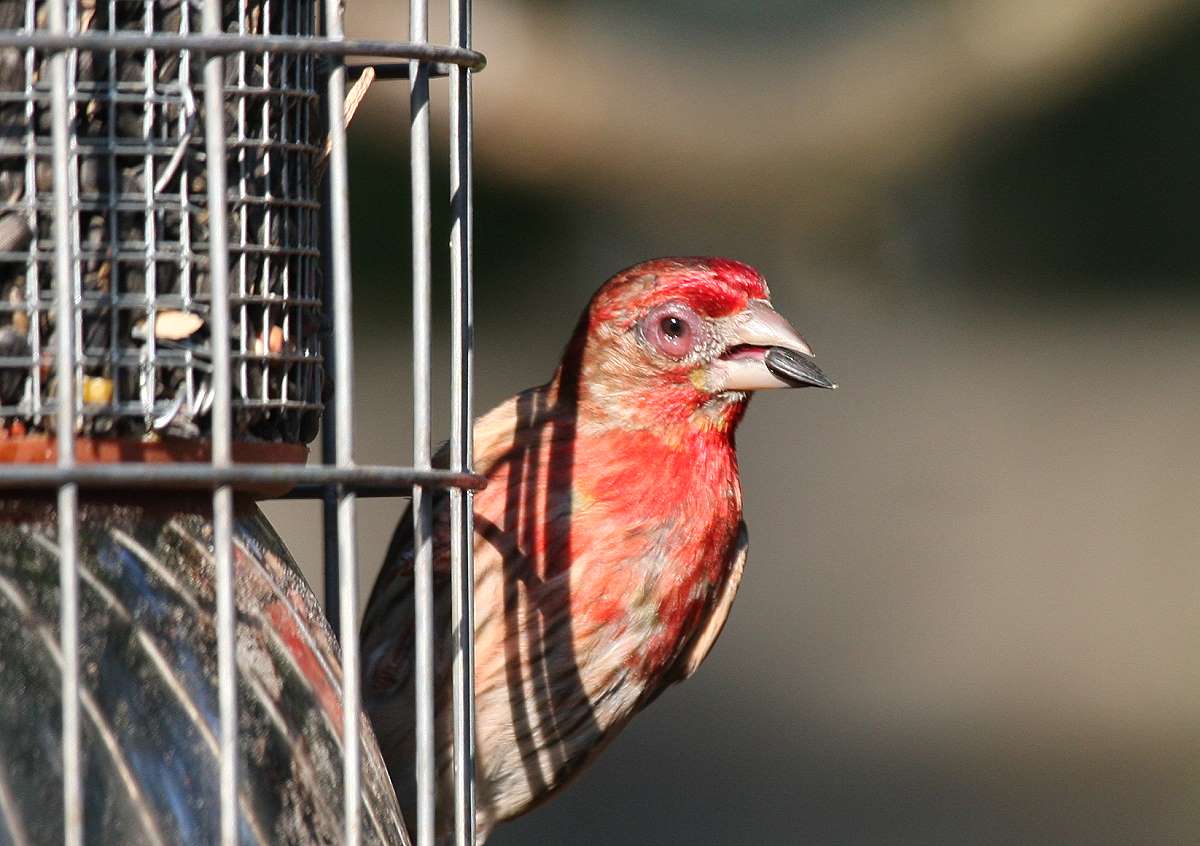 House finch eye disease, which was first struck in the 1990s, unexpectedly became more virulent over time, says a paper published this week by PLoS Biology. It was a less virulent strain, however, that spread west across the country. But once it became established in California, it became more virulent.
House finch eye disease, which was first struck in the 1990s, unexpectedly became more virulent over time, says a paper published this week by PLoS Biology. It was a less virulent strain, however, that spread west across the country. But once it became established in California, it became more virulent.
“For the disease to disperse westward, a sick bird has to fly a little farther, and survive for longer, to pass on the infection. That will select for strains that make the birds less sick,” said Dana Hawley of Virginia Tech, the lead author of the study in a Cornell Lab of Ornithology press release.
By 1998 the House Finch population in the eastern United States had dropped by half—a loss of an estimated 40 million birds, the release says. The disease does not kill birds directly, but it makes them easy targets for predators.
Read the Cornell press release here.
Read the PLoS biology paper here.
Photo: Male house finch with eye disease, by David Smith. Used courtesy Cornell Lab of Ornithology.

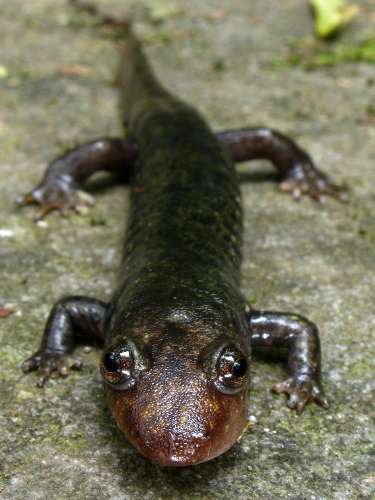 Today is the second day in a US Geological Survey amphibian two-fer. If you like your wildlife moist and federally researched, you’ve come to the right place.
Today is the second day in a US Geological Survey amphibian two-fer. If you like your wildlife moist and federally researched, you’ve come to the right place.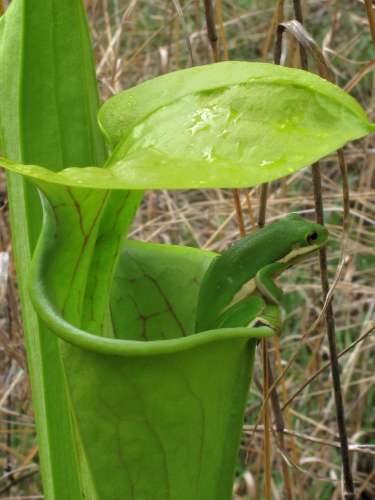 There have been studies that have calculated the likelihood of extinction for various amphibian species, but the first study to calculate how fast amphibian populations are declining was recently published in
There have been studies that have calculated the likelihood of extinction for various amphibian species, but the first study to calculate how fast amphibian populations are declining was recently published in 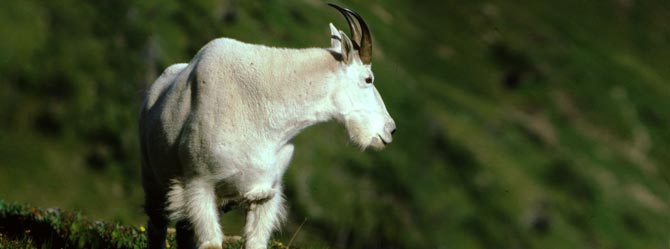 The Wyoming Game and Fish Department recently captured four mountain goats in the western part of the state as part of an on-going study into the animals’ travel between Idaho and Wyoming, says an Associate Press article in the Billings Gazette.
The Wyoming Game and Fish Department recently captured four mountain goats in the western part of the state as part of an on-going study into the animals’ travel between Idaho and Wyoming, says an Associate Press article in the Billings Gazette.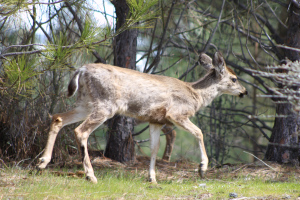 California Department of Fish and Wildlife (CDFW) researchers have captured and collected hair and blood samples from more than 600 deer and elk in an effort to understand “deer hair-loss syndrome,” says
California Department of Fish and Wildlife (CDFW) researchers have captured and collected hair and blood samples from more than 600 deer and elk in an effort to understand “deer hair-loss syndrome,” says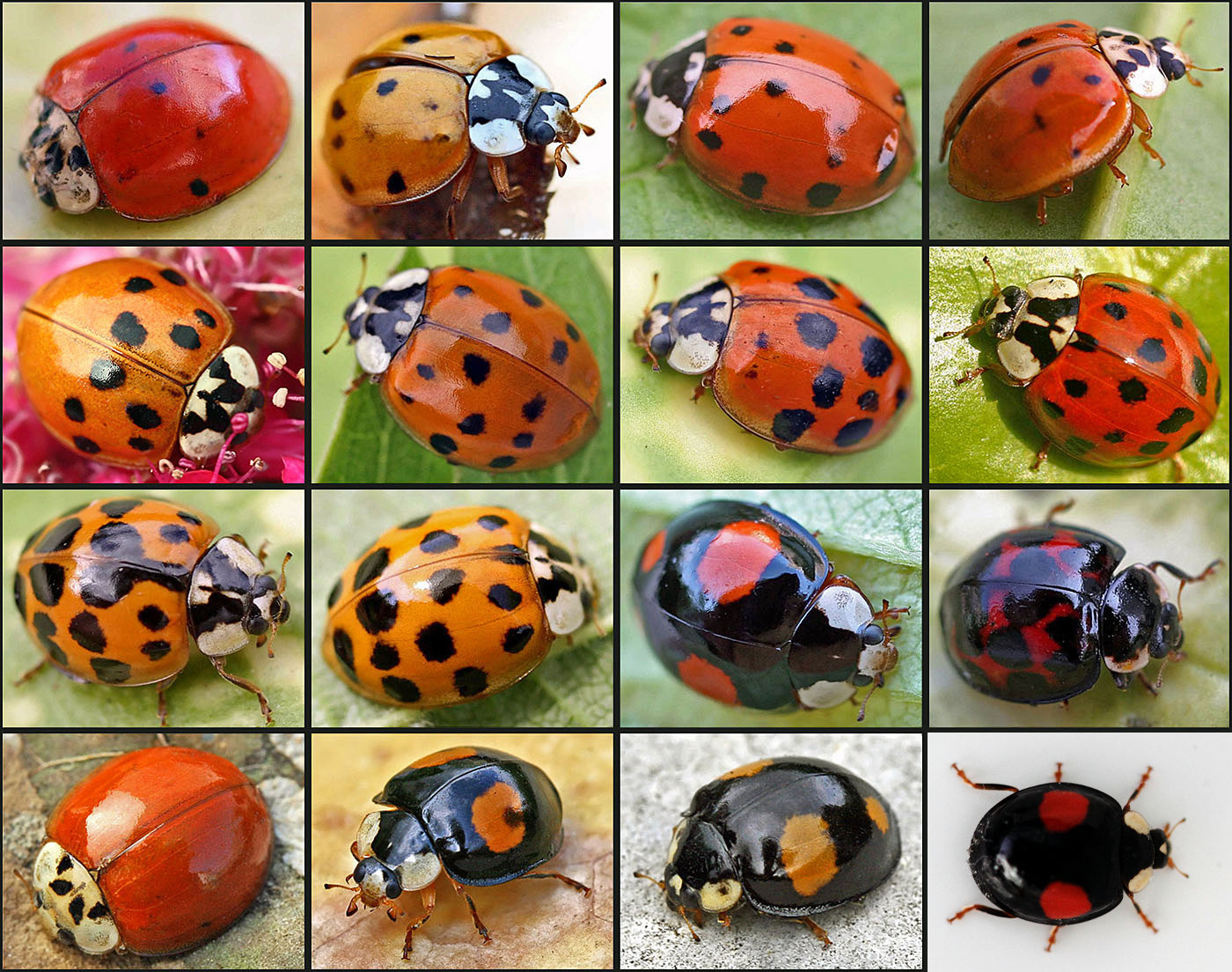
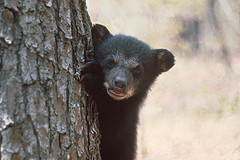 About 200 people watched as the Oklahoma Department of Wildlife Conservation released a young black bear. The bear had been found and tranquilized in a university campus neighborhood and was released in a wildlife area, reported
About 200 people watched as the Oklahoma Department of Wildlife Conservation released a young black bear. The bear had been found and tranquilized in a university campus neighborhood and was released in a wildlife area, reported 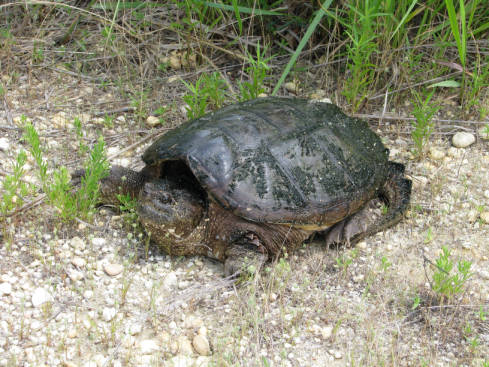 All over the Internet, on
All over the Internet, on